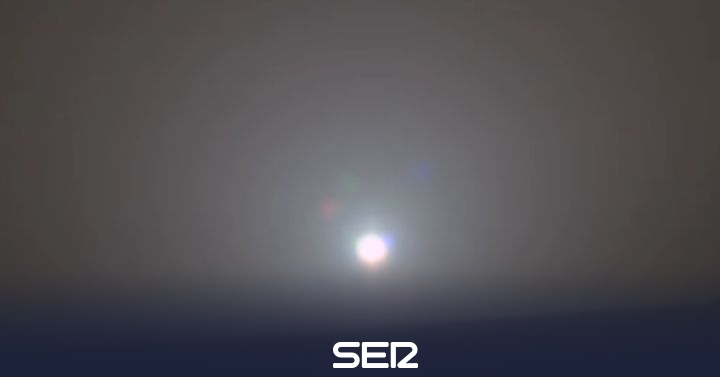In order to commemorate the 5,000 Martian sunrises that the Opportunity rover has seen since it arrived on the red planet in 2004, a team of researchers from the Universities of Exeter and Anglia Ruskin has decided to recreate the sound that results from a Martian sunrise.
All this through a song, two minutes long, which has been baptized as ‘Mars Soundscapes’. For it, as collected by the University of Anglia, the researchers analyzed more than 5,000 images of the sunrise on Mars and treated the data obtained from each one of them through a technique known as data sonification. A technique, “really flexible when it comes to exploring science”, as the researchers explain, which can be used in various fields: “From the study of certain characteristics of the surfaces and atmospheres of planets, to the analysis of climatic changes or the detection of volcanic eruptions “.
This is how data sonification works
To create this song, the researchers each scanned the images taken by the Opportunity rover since 2004. Then, and after transferring each of the obtained pieces to their teams, The researchers analyzed both the brightness and the color and terrain elevation of the images: “In health sciences, data sonification can provide new methods for analyzing the appearance of certain shapes and colors.”
Once this was done, the team passed the data obtained by an algorithm that would be in charge of assigning to assign an element to a specific frequency and melody. While the slowest and quietest harmonies correspond to the darkest backgrounds, the brightest sounds are a consequence of the sonification of the sun.
How to live the experience in first person
According to the publication, the creators of this melody will present the song during the SC18 Supercomputing Conference, which is held throughout this Tuesday in Dallas (United States). There, Domenico Vicinanza and Genevieve Williams will present the song through conventional speakers and vibrating transducers: “We are absolutely delighted to present this work on such a fascinating planet.”
All this so that the audience can feel the vibrations with their own hands. In this way, the researchers intend for those attending the NASA booth to enjoy a first-person experience of an authentic Martian sunrise.
–
–


